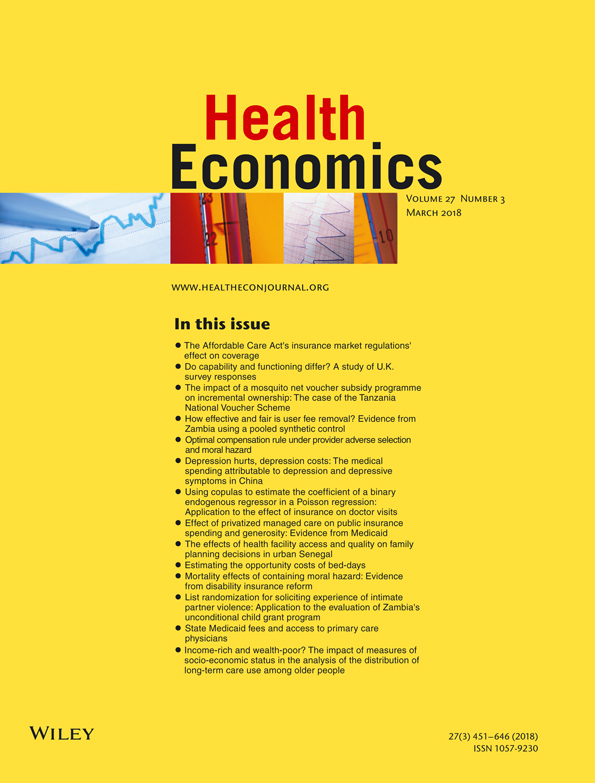The Affordable Care Act's insurance market regulations' effect on coverage
Abstract
Much of the debate surrounding reform of the Patient Protection and Affordable Care Act (ACA) revolves around its insurance market regulation. This paper studies the impact on health insurance coverage of those provisions. Using data from the American Community Survey, years 2008–2015, I focus on individuals, ages 26 to 64, who are ineligible for the subsidies or Medicaid expansions included in the ACA to isolate the effect of its market regulation. To account for time trends, I utilize a differences-in-differences approach with a control group of residents of Massachusetts who were already subject to a similarly regulated health insurance market. I find that the ACA's regulations caused an increase of 0.95 percentage points in health insurance coverage for my sample in 2014. This increase was concentrated among younger individuals, suggesting that the law's regulations ameliorated adverse selection in the individual health insurance market.




